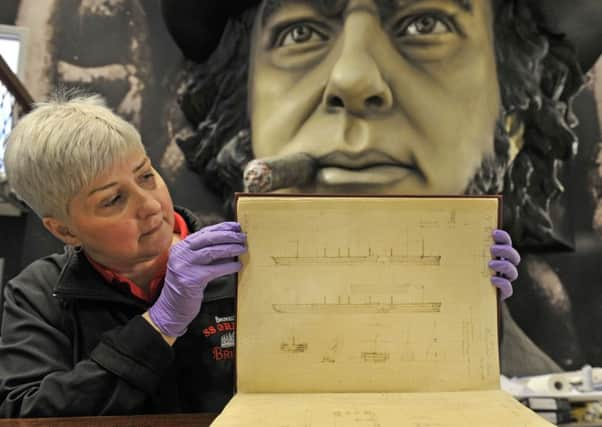Museum to celebrate Isambard Kingdom Brunel to open


The £7.2 million Being Brunel visitor attraction on Bristol’s harbourside will celebrate the life and legacy of the engineering genius who helped build Britain and shape the world.
It will feature six galleries setting out 150 of Brunel’s personal artefacts - many never seen in public before - to provide unprecedented insight into his life, family, interests and creative mind.
Advertisement
Hide AdAdvertisement
Hide AdVisitors will step inside Brunel’s original and fully restored Grade II-listed Dock Office in the historic Great Western Dockyard, where he designed and built SS Great Britain.
Matthew Tanner, chief executive of the SS Great Britain Trust, said: ‘By preserving Brunel’s legacy in this way, the museum aims to show what the man made, and what made the man, and we aim to inspire the innovators of the future.
‘It will also highlight Brunel’s continuing relevance today with insight from ‘modern-day Brunels’ including Norman Foster and Roma Agrawal, exploring how Brunel has inspired their work.’
Brunel’s 1821 school report, a sketch of a horse he drew aged six, and his diary are just some of the personal artefacts in the exhibit and which offers a contrast to the confident public image he cultivated and shows he was riddled with self-doubt while driven to achieve success.
His professional notebooks and sketchbooks show the scale of the influence of Brunel’s work and how his innovations changed the face of the British landscape and informed future engineering.